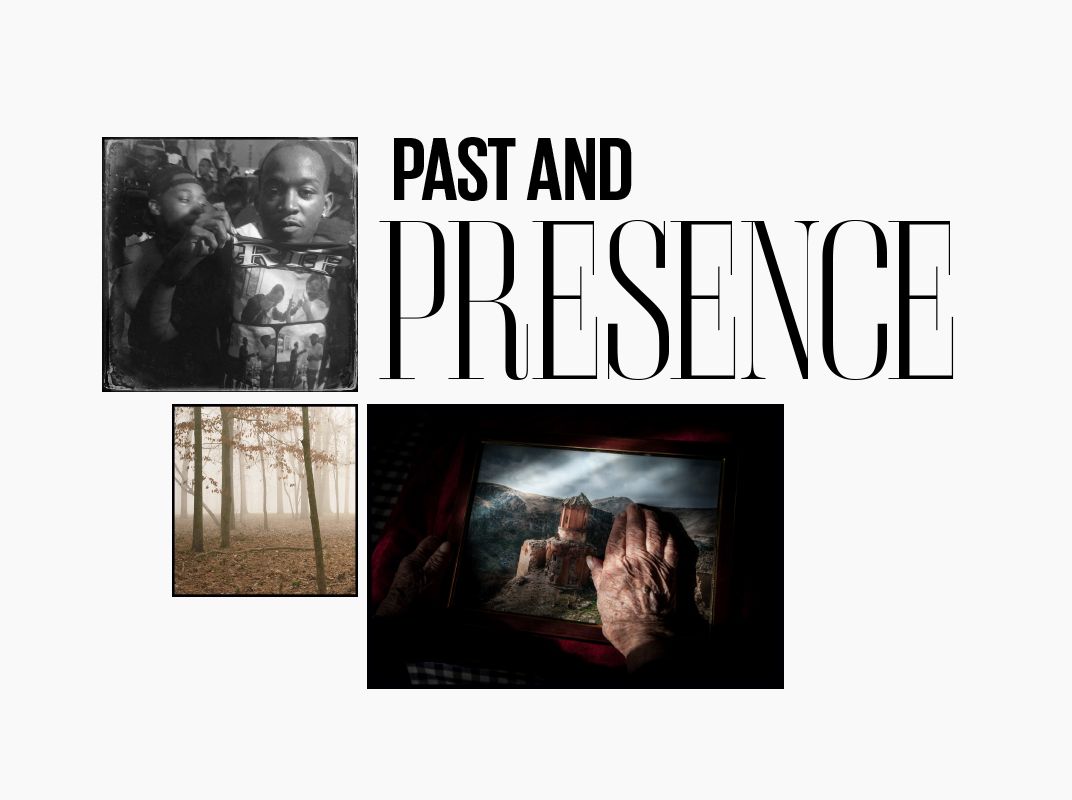Past and Presence: The Power of Photographs
The shattering nature of violence. The resilience of the human spirit. The power of photographs. A Smithsonian special project

Every act of violence rends the fabric of time, and the frayed threads can never be completely stitched back together. The following photo essays examine three historic violent encounters through different time frames—from a chronicle of the unfolding event itself, to emotional portraits of the event’s last victims, to scenes where the protagonists have faded away, leaving nothing but the landscape to bear witness.
Jon Lowenstein’s raw photographs of the street protests in Ferguson, Missouri, one year ago capture the outrage at the heart of a new American civil rights movement.
Diana Markosian’s images find the last survivors of the Armenian genocide, 100 years after an atrocity the world has still not come to terms with, and visually reconnect them to their long-lost homeland.
In the American South, Eliot Dudik commemorates the Civil War, which ended 150 years ago, in haunting battlefield panoramas that remind us of the cost in blood of our nation’s second revolution.
No matter how far back in history they reside, these events are still the subjects of heated argument and painful scars. All are central to a sense of identity, of self, community and nation. Together, these photos pose the questions: What are the marks that violence leaves behind? How do you see history as time passes?
/https://tf-cmsv2-smithsonianmag-media.s3.amazonaws.com/filer/63/16/63169087-1a27-49af-b4dc-be2b2278aff1/julaug2015_dudik_cover.jpg)
/https://tf-cmsv2-smithsonianmag-media.s3.amazonaws.com/filer/90/81/908193e5-19be-43d3-a6f1-7c3672fe81ae/julaug2015_l01_photoprojectmarkosian.jpg)
/https://tf-cmsv2-smithsonianmag-media.s3.amazonaws.com/filer/d0/41/d04112e9-017b-41d9-a678-e2863201daca/julaug2015_e01_photoprojectlowenstein_webresize.jpg)